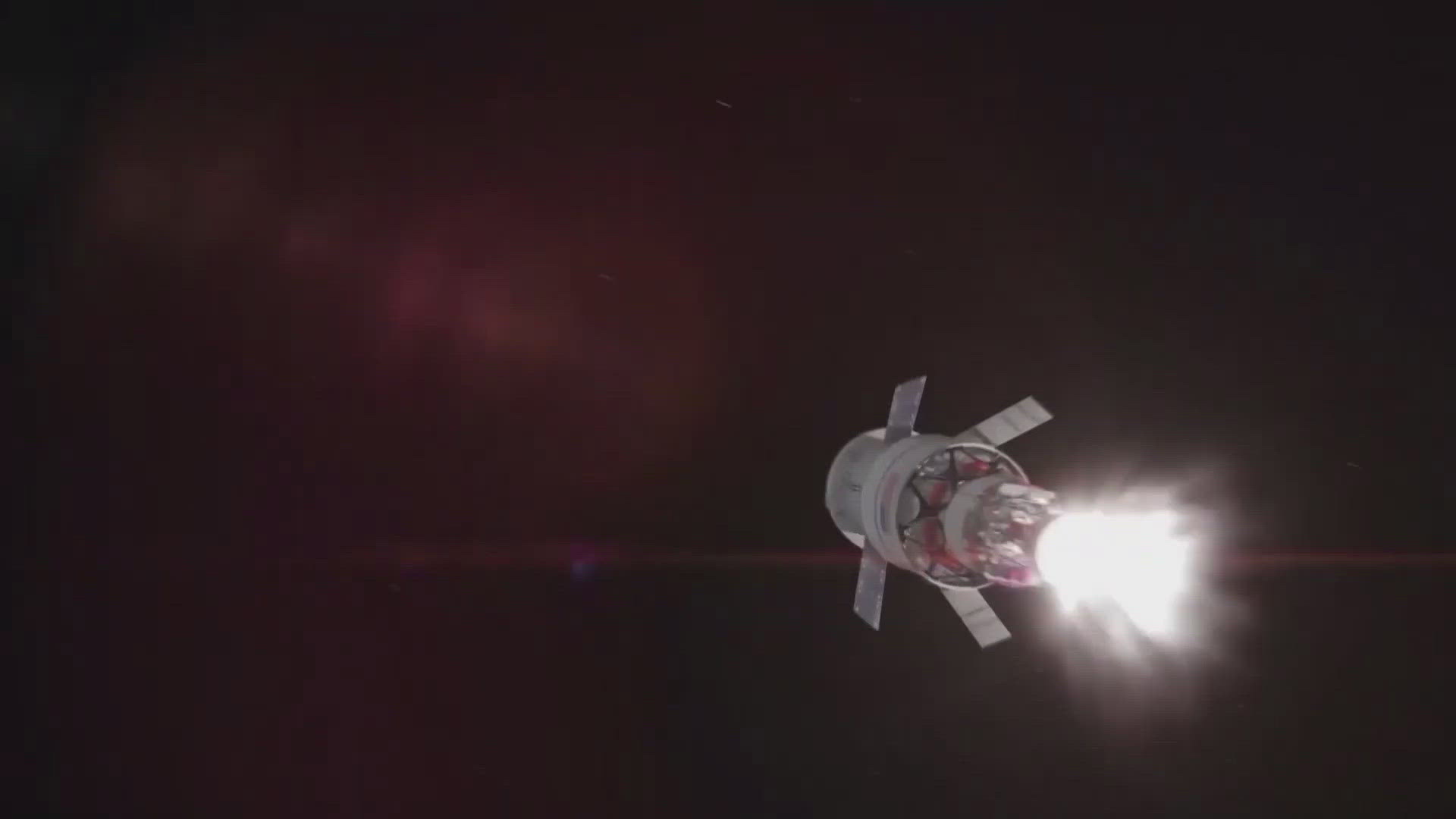CAPE CANAVERAL, Fla. — A crew of four astronauts was scheduled to be launched into space Thursday for a mission to the International Space Station. Because of weather concerns, they will now launch Friday morning, April 23.
NASA astronauts Megan McArthur and Shane Kimbrough, along with Japanese astronaut Akihiko Hoshide and France's Thomas Pesquet will make up the crew that will fly the Crew-2 mission. They will fly in the Crew Dragon spacecraft on top of the SpaceX Falcon 9 rocket.
Liftoff has been rescheduled for 5:49 a.m. on Friday from Pad 39A if weather permits. The 45th Weather Squadron, part of the United States Space Force (USSF), provides the NASA launch forecasts and says they expect a 90-percent launch probability.
Although the weather will likely look great at the launch site Thursday morning, NASA is concerned about the downrange wind in case of an abort.
High winds near the ground or high up in the atmosphere can force SpaceX to postpone the launch due to possible control problems for the rocket as it speeds into space.
Determining if the winds near the ground are suitable for launch is rather easy. If weather observations near the launch pad reach or exceed 34 mph, the launch will be scrubbed.
Higher in the atmosphere, Space Force meteorologists analyze the wind shear, not necessarily the speed of the wind. Wind shear is the change of wind speed with altitude, and if there is too much wind shear, it can be too much for the rocket to handle.
According to NASA, Crew-2 will be the first in which astronauts ride in a previously flown Crew Dragon spacecraft on top of a flight-proven rocket. This Falcon 9's first stage also launched the Crew-1 astronauts, who are currently living on the space station, in November 2020.
This same Crew Dragon spacecraft, known as Endeavour, made its first trip to space in May 2020, when it toted NASA astronauts Bob Behnken and Doug Hurley to the orbiting lab on the Demo-2 test mission.
What other people are reading right now:
- Here's what you need to know about the Selmon Extension ahead of today's opening
- Widespread rain and showers throughout Tampa Bay
- NASA shares images of first controlled flight on Mars
- 'You are going to have to shoot me' | Man dead following officer-involved shooting in Winter Haven
- Jury now sequestered, beginning deliberations in Derek Chauvin trial
- FedEx donates $1 million to victims, survivors of FedEx mass shooting
►Breaking news and weather alerts: Get the free 10 Tampa Bay app
►Stay In the Know! Sign up now for the Brightside Blend Newsletter



